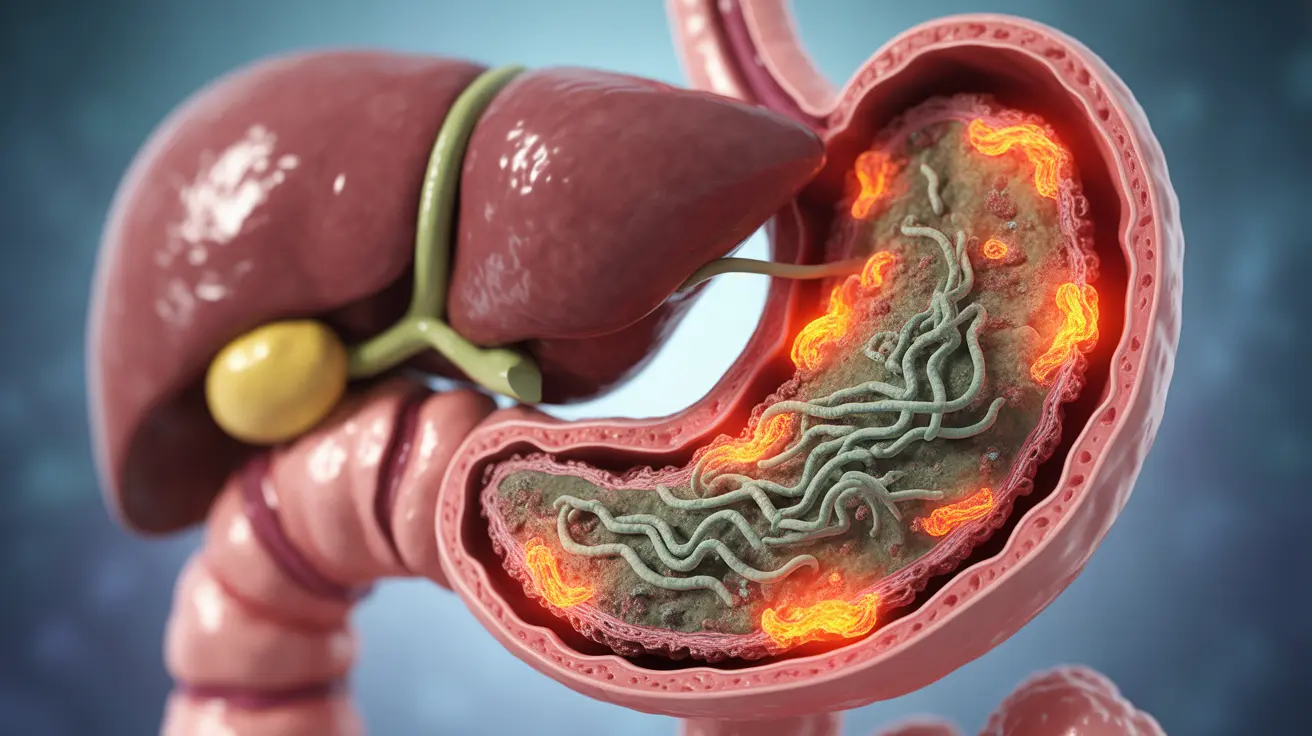Living in a damp or water-damaged environment can expose you to potentially harmful mold, leading to various health concerns, including gastrointestinal (GI) problems. Understanding how mold exposure affects your digestive system is crucial for recognizing symptoms and seeking appropriate treatment.
While respiratory symptoms are commonly associated with mold exposure, many people don't realize that mold can also significantly impact digestive health. This article explores the relationship between mold exposure and GI issues, helping you identify symptoms and understand available treatment options.
How Mold Affects Your Digestive System
Mold exposure can affect your digestive system through multiple mechanisms. When you inhale mold spores or consume contaminated food, these toxins can trigger inflammatory responses throughout your body, including your digestive tract.
The presence of mycotoxins (toxic substances produced by certain molds) can disrupt the delicate balance of your gut microbiome, leading to various digestive complications. This disruption can affect nutrient absorption and overall gut function.
Common Digestive Symptoms of Mold Exposure
Several gastrointestinal symptoms may indicate mold exposure:
- Persistent nausea
- Stomach pain and cramping
- Changes in appetite
- Irregular bowel movements
- Bloating and gas
- Digestive discomfort
Long-Term Effects on Digestive Health
Chronic mold exposure can lead to persistent digestive issues that may not resolve immediately, even after removing yourself from the contaminated environment. The long-term effects can include:
- Chronic inflammation of the digestive tract
- Increased intestinal permeability ("leaky gut")
- Ongoing food sensitivities
- Chronic digestive disorders
- Impaired nutrient absorption
Treatment and Management Strategies
Addressing mold-related GI issues requires a comprehensive approach:
Medical Intervention
Working with healthcare providers is essential for proper diagnosis and treatment. They may recommend:
- Targeted antifungal medications
- Anti-inflammatory treatments
- Probiotics to restore gut health
- Nutritional supplements to address deficiencies
Dietary Modifications
Supporting your digestive recovery through diet is crucial:
- Following an anti-inflammatory diet
- Avoiding processed foods
- Incorporating gut-healing foods
- Staying well-hydrated
Prevention and Environmental Control
Preventing mold exposure is key to protecting your digestive health:
- Control indoor humidity levels (keep below 60%)
- Fix water leaks promptly
- Ensure proper ventilation in bathrooms and kitchens
- Regular home maintenance and inspection
- Use dehumidifiers in prone areas
Frequently Asked Questions
What are the gastrointestinal symptoms of mold exposure that I should look out for?
The primary gastrointestinal symptoms of mold exposure include nausea, stomach pain, irregular bowel movements, bloating, and changes in appetite. Some people may also experience food sensitivities and persistent digestive discomfort.
Can mold exposure cause long-term digestive problems?
Yes, chronic mold exposure can lead to long-term digestive issues, including chronic inflammation, increased intestinal permeability, persistent food sensitivities, and ongoing digestive disorders that may require extended treatment.
How does mold affect the gut and overall health?
Mold affects the gut by disrupting the microbiome balance, triggering inflammation, and releasing mycotoxins that can damage the intestinal lining. This can lead to various systemic health issues beyond just digestive problems.
What are the treatments and management strategies for mold-related gastrointestinal issues?
Treatment typically involves a combination of medical intervention (including antifungal medications and supplements), dietary modifications, and addressing the source of mold exposure. Working with healthcare providers to develop a comprehensive treatment plan is essential.
How can I prevent mold exposure to protect my digestive health?
Prevent mold exposure by maintaining proper indoor humidity levels, fixing water leaks immediately, ensuring adequate ventilation, and conducting regular home maintenance. Using dehumidifiers and proper ventilation systems can help create an environment less conducive to mold growth.




